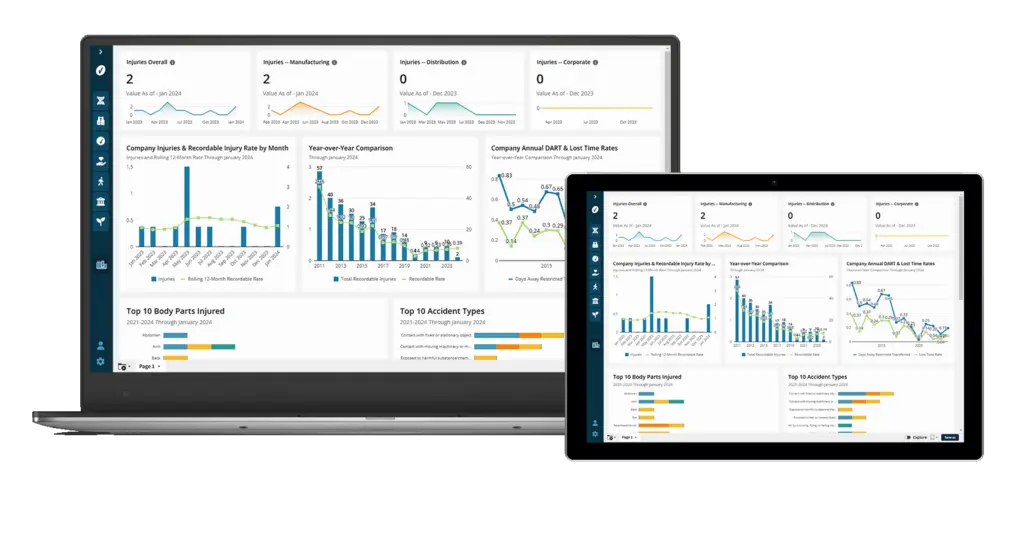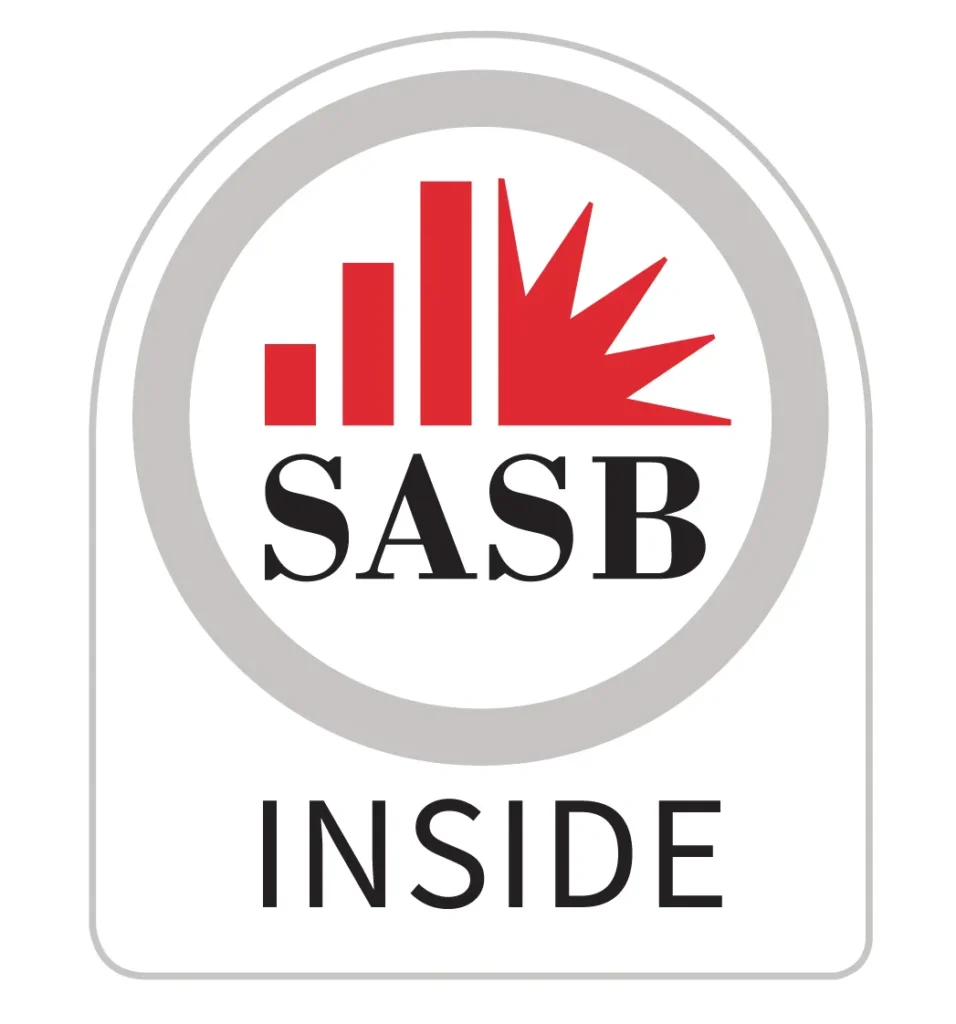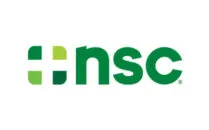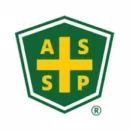Ergonomics Assessment
What Is an Ergonomics Assessment?
An ergonomics assessment, also called an ergonomic risk assessment or workplace assessment, is a process used to evaluate the risk of musculoskeletal disorders (MSDs) due to a mismatch between workplace design and employee capabilities. Once physical risk factors are accurately identified and the right root cause determined, steps must be taken to systematically improve the work environment for employees. The goal is to improve employee well-being, job performance, and job satisfaction.
Why Do an Ergonomics Assessment?
MSDs are a leading cause of workplace injuries and illnesses, accounting for as much as one third of all injury and illness costs. In fact, just one ergonomics related injury can cost between $60,000 and $80,000. More importantly, ergonomics interventions can improve your employees’ health and quality of life. On average, good ergonomics have been shown to:
- Reduce errors and workers comp costs
- Increase total productivity and individual productivity
- Decrease absenteeism and lost workdays
- Cut the need for professional care
Who Needs an Ergonomics Assessment?
Ergonomics assessments are the first step in the job improvement portion of your ergonomics process. In order to make workplaces safer and help control the risk of workers developing musculoskeletal disorders (MSDs), you need to find where those risks exist and how much workers are exposed to them. If you’re just starting out with an ergonomics process, you should perform ergonomics assessments on jobs that are likely to pose the highest risk to workers (such as those tasks involving high force, awkward postures, long duration or high frequency of movements), but ideally your organization would eventually perform ergonomics assessments for all job tasks.
Ergonomics assessments should also be performed when a new task is introduced as part of an operator’s job, or when some change has been made to either the workstation where a task is being performed or the procedure to perform a specific task. You want to ensure that new risks of musculoskeletal disorders, or soft tissue injuries, have not been introduced for a worker performing those tasks at their workstation.
In addition, you will want to perform follow-up ergonomics assessments after improvements have been made to a workstation or task, to ensure the job improvement has successfully reduced the risk level for workers.
What Tools are Utilized for an Ergonomics Assessment?
Ergonomics teams often rely on observational MSD risk assessment methods to assess MSD risks. There are numerous techniques that assessors apply during an observational-based ergonomics assessment, and differing levels of familiarity and expertise can introduce significant variability in measurements and other assessment data. As a result, assessment scores are often inaccurate and unreliable. In some instances, organizations use sensors and multiple cameras to track body movements during a job task. The data is more accurate than using traditional observation methods, but the cost of special equipment to collect the data is often cost-prohibitive for many companies.
For precise ergonomics assessments that are easy to conduct and require minimal equipment, many organizations are adopting AI-powered solutions like the sensorless motion-capture Advanced Assessment Tool in VelocityEHS Ergonomics. This AI-driven 3D assessment enhances accuracy by reducing human error and variability, and can capture 100% of data even while body segments are temporarily hidden from view. The system also provides expert guidance for effective root cause analysis and job improvements. With just a mobile device camera and a few moments to capture data, you can quickly identify and mitigate risks, ensuring a safer workplace for your employees.
This technology streamlines the ergonomics assessment and improvement process. It delivers objective, accurate insights that enhance the analysis of MSD risk in the evaluated tasks.
Manual, practical tools are also helpful for gathering key measurements for an ergonomics assessment. This includes something as basic as a tape measure to record surface heights, hand working heights and horizontal reaches. More specialized tools are used to measure different kinds of forces, listed below and paired with the type of force they are made to measure:
- Pinch Grip: Pinch grip dynamometer
- Finger Press: Force gauge
- Power Grip: Hand dynamometer
- Product/Tool Weight: Scale
- Pushing: Force gauge
- Pulling: Force gauge
How Do You Perform an Ergonomics Assessment?
When you perform an ergonomics assessment, you should focus on identifying key musculoskeletal disorder (MSD) risk factors within each individual job task (based on force, posture, frequency and duration). Be sure to use the valuable input from your workers who are actually performing these tasks to help prioritize which jobs should be assessed first.
Next, select a risk assessment tool that can be standardized and applied to most, if not all, work tasks, and can offer an objective analysis of the task you’re assessing. Ideally, this tool will be integrated with the system you are using to manage your ergonomics process, like the 3D Ergonomics Assessment model within VelocityEHS Industrial Ergonomics.
That way, you’ll do more than just see the results of the ergonomics assessment. You’ll be able to use that information to prioritize where to make improvements that reduce risks, document those improvements, and then systematically compare assessments after improvements have been made, to quantify how much the risk has been reduced. This verification is key to an effective, sustainable ergonomics process that will help you achieve your health and safety goals.
How VelocityEHS Can Help
VelocityEHS Ergonomics Software makes it easy for your employees to identify risk and implement improvements. Our online training and assessment tools make it possible to deploy industry best practices to one or even hundreds of locations at a time. And even though approximately 75% of issues can be resolved by employees on their own, our ergonomics software is backed by the industry’s most trusted board-certified ergonomists for those cases that require additional support. From assessments with next-level accuracy, reliability and speed, to global online training to consistent reporting, VelocityEHS is ergonomics done right®.
Explore Our Ergonomics Assessment Capabilities
Ergonomics Assessment are part of our Ergonomics Solution. To see the full set of features, click here.
Interactive online ergonomics training
Fast and easy assessments
Instant feedback and quick fixes
Scalable across your entire enterprise
Bite sized modules to fit busy schedules
Knowledge checks for learning verification
Analysis and reporting to track employee progress
Remote and onsite assistance available
Interactive online ergonomics training
Fast and easy assessments
Instant feedback and quick fixes
Scalable across your entire enterprise
Bite sized modules to fit busy schedules
Knowledge checks for learning verification
Analysis and reporting to track employee progress
Remote and onsite assistance available

Request a Demo
Have questions about the VelocityEHS Accelerate® Platform? We’ve got you covered with the answers you need.
Partner with the most trusted name in the industry
Stress less and achieve more with VelocityEHS at your side. Our products and services are among the most recognized by industry associations and professionals for overall excellence and ease of use.





